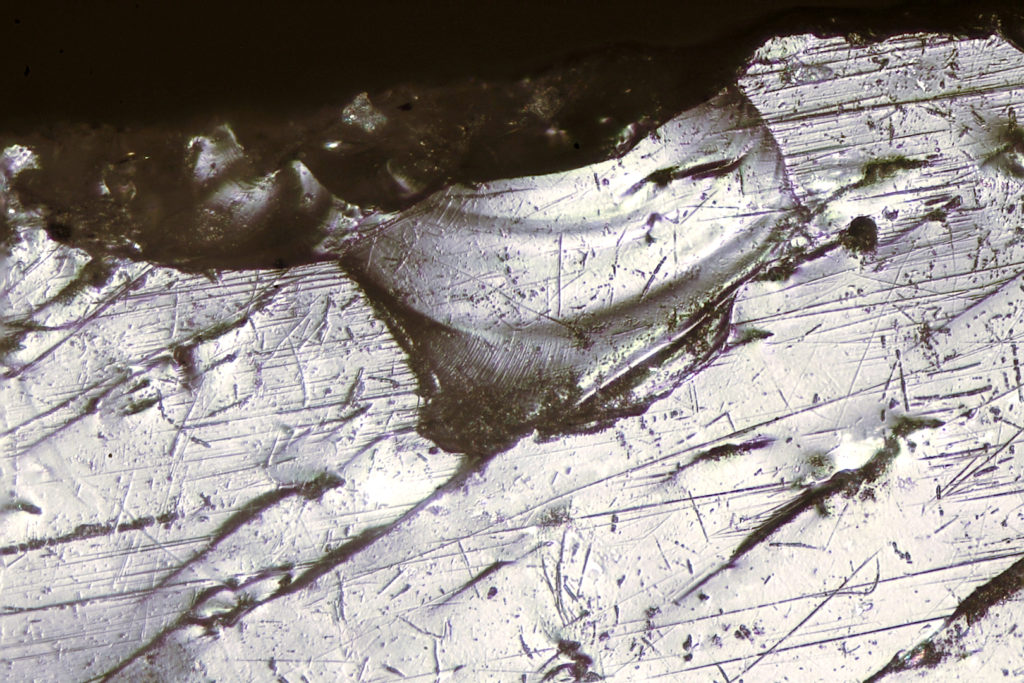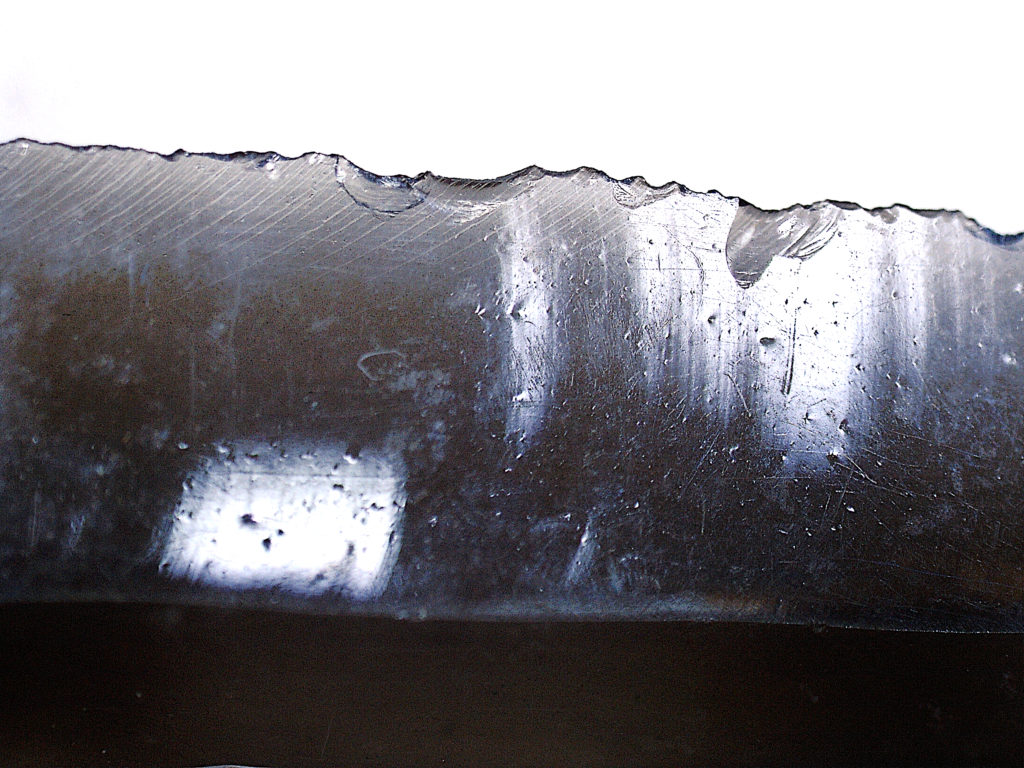

CHRONOS – The obsidian route in the central Mediterranean: diaCHRONic pathways and cultural connectiOnS
The circulation of obsidian and the artifacts made from this volcanic glass has long attracted scholarly attention. To date, the main efforts have been made to refine techniques for recognizing the origin of obsidian through the study of its chemical composition. For the Italian Peninsula, the main sources of this raw material are island-based and have been known for some time (Lipari, Palmarola, Pantelleria, Monte Arci) and the chronology of their exploitation by humans and the respective areas of diffusion of artifacts from different sources are also known. However, an effort to model the modes and organization of the exploitation of this raw material and the type of relationship between the sites involved in the distribution and circulation is still lacking. Many aspects therefore remain to be clarified:
- What kind of circulation networks are we talking about? How did obsidian move from the islands to the mainland in what forms? Are there sites responsible for the re-distribution of obsidian? And above all, are there differentiated chronologies for the start of obsidian flows from the different island sources to the mainland?
- What production chains were applied to obsidian, where and with what knapping techniques were the artifacts produced? Are these processes attributable to the activity of specialists or was the knapping of obsidian carried out independently and differently at each recipient site?
- Did the circulating obsidians have a functional or symbolic value? Given that these complexes are often numerically very limited compared to flint industries, it is legitimate to ask whether obsidians were used for the same activities as flint or if there was a different functional destination for obsidian. Or, are these artifacts devoid of functional value? In some cases, obsidian has been defined as the “black gold” of Prehistory. Certainly, its glassy nature gives it a particular fragility, but also the possibility of obtaining sharp and cutting edges like scalpels.
These questions can be addressed by studying obsidian from a holistic perspective, moving beyond readings based solely on the material’s origin and the cultural areas of reception. Within the CHRONOS program, it aims to answer these questions through four methodological axes:
- Update provenance data by conducting systematic scientific analyses on the total of artifacts collected at different sites, not just a sample. To date, only a limited number of artifacts have been analyzed compared to the total found at various sites.
- Perform new AMS radiometric dating of archaeological contexts with obsidians to establish a more precise chronology of flows.
- Cross-reference provenance data with a technological reading based on the concept of operational chain. To reconstruct how many and which operational chains were realized at each site, understand whether they are complete production processes or not, and which phases of production are represented on site. This way, it will also be possible to understand how obsidian circulated over time: raw nodules? Semi-worked preforms? Cores ready for debitage? Finished products?
- Develop an analysis protocol to understand the functional destination of obsidian tools. How many and which of these show wear marks; to advance hypotheses about modes of use.
- Create a unique dataset that allows systematizing the data present in the literature, to date extremely uneven. Only in this way will it be possible to give coherence to the collected data and propose new models about the mechanisms of diffusion and consumption of obsidian.
The CHRONOS project, funded under the PRIN2022 program, is conducted in collaboration between the University of Pisa and the University of Cagliari. The Pisa unit, the lead of the project, also includes the University of Genoa. The project aims to continue the research of colleague C. Lugliè from the University of Cagliari, who tragically passed away at the start of the project of which he was the P.I., to collect and honor his memory.
Contact: Elisabetta Starnini

